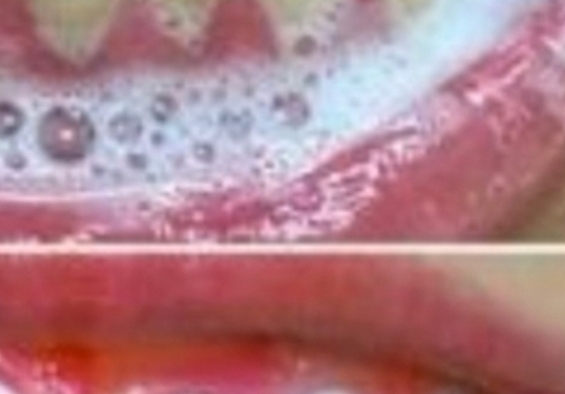Achieving brighter, whiter teeth quickly sounds appealing, but it’s important to approach rapid whitening methods with caution. Here’s a commonly suggested DIY approach and what you should know about its effectiveness and safety.
DIY Teeth Whitening: Baking Soda & Lemon Juice Method
This method is often touted for quick whitening results using natural ingredients.
WHAT YOU NEED:
- 1 teaspoon baking soda
- A few drops of fresh lemon juice (or water as a gentler alternative)
INSTRUCTIONS:
- Mix the baking soda with the lemon juice to form a paste.
- Use your toothbrush to apply the paste to your teeth.
- Gently brush for 30–60 seconds.
- Rinse thoroughly with water.
Why This Might Work:
- Baking Soda: A mild abrasive that helps remove surface stains from teeth.
- Lemon Juice: Contains citric acid, which may help lift stains.
Potential Risks of Rapid Whitening Methods:
While this technique may produce noticeable results, it’s not without risks:
- Tooth Enamel Damage: The acidity of lemon juice can erode enamel, weakening teeth over time.
- Sensitivity: Abrasive scrubbing can cause increased sensitivity in teeth and gums.
- Temporary Results: Rapid methods only address surface stains and won’t provide deep or long-lasting whitening.
Safer Alternatives for Teeth Whitening:
For safe and effective teeth whitening, consider these options:
AT-HOME METHODS:
- Whitening Toothpaste: Contains mild abrasives and safe bleaching agents.
- Hydrogen Peroxide and Baking Soda Mix: Combine in small amounts for occasional use.
- Coconut Oil Pulling: A natural method to reduce stains and improve oral health.
PROFESSIONAL SOLUTIONS:
- Whitening Strips or Kits: Approved over-the-counter products with safe peroxide concentrations.
- In-Office Whitening: Performed by a dentist for fast and safe results.
Tips for Maintaining White Teeth Naturally:
- Brush and floss regularly.
- Avoid stain-causing foods and beverages (e.g., coffee, tea, red wine).
- Use a straw to reduce contact with staining liquids.
- Visit your dentist for regular cleanings and advice.
Conclusion
While rapid DIY methods like the baking soda and lemon juice paste may offer temporary results, they can be harmful if overused. For lasting and safe whitening, opt for gentler at-home remedies or consult a dentist for professional treatment. Your smile deserves the best care!
